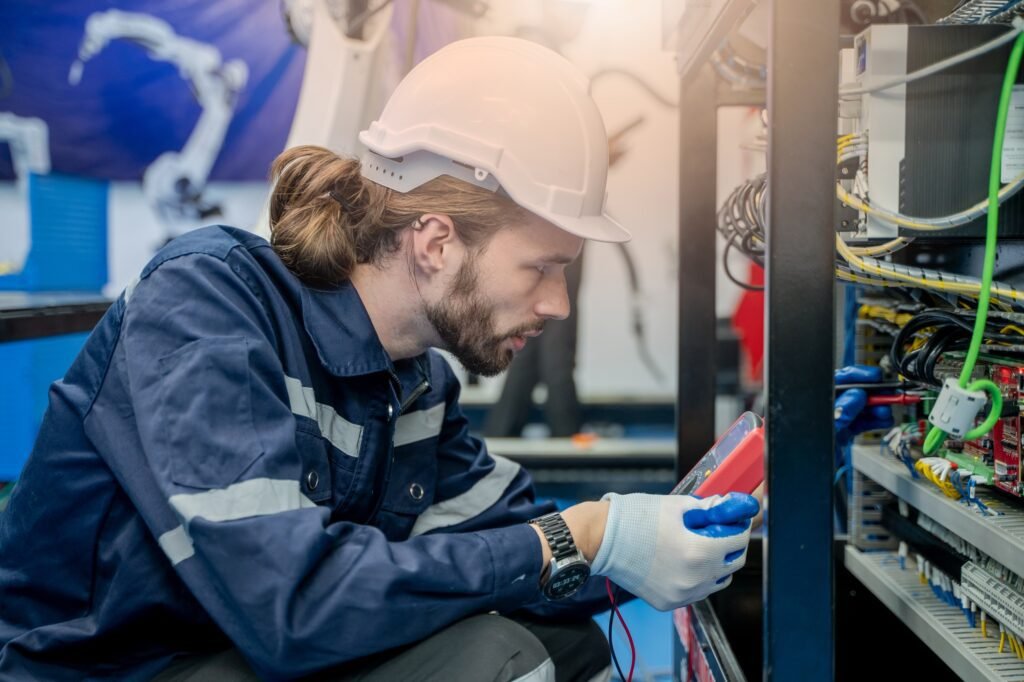Enclosure Heating System
Enclosure Heating Systems Market Analysis: Manufacturing Insights from Industry Experts?
Feeling the heat of the enclosure?
Wondering how to keep your enclosures cool and dry? Let’s start.
Enclosure heating systems prevent condensation, maintain minimum operating temperatures, and regulate temperatures for optimal equipment performance. Different types include PTC heaters, cast aluminum heaters, and heaters with axial fans,often controlled by thermostats or hygrostats.
Enclosure Heating It’s a complex landscape, but I’ve spent years navigating it. I’ve seen firsthand the critical role these systems play. Stick with me, and I’ll break it down for you. Enclosure Heating

Critical Parameters for Enclosure Heating Selection
Selecting the right enclosure heating system isn’t one-size-fits-all. It requires a deep dive into several critical parameters. Consider a scenario where I had to specify a heating system for a control panel located in a Siberian oil field. The extreme cold was the obvious challenge, but there were other factors at play:
- Operating Temperature Range: I needed a heater that could reliably start and operate in temperatures as low as -45°C, the typical low in that region. Most components have a defined operating temperature range. Exceeding this can lead to malfunctions or permanent damage.
- IP Rating: Given the harsh environment, with potential exposure to snow and ice, I opted for an enclosure and heating system with a high IP (Ingress Protection) rating. This ensures protection against dust, water, and other environmental factors.
- Heating Capacity: This wasn’t just about preventing freezing; I needed to ensure that the internal temperature stayed within the optimal range for the specific electronic components inside. This required calculating the heat loss of the enclosure and selecting a heater with sufficient wattage.
Technical Advantages of Precision-Manufactured Heating Systems
Precision manufacturing isn’t just about tight tolerances; it translates to real-world performance benefits. LEIPOLE, a company I’ve worked with extensively, exemplifies this. When We first start a business in enclosure solutions in 2001, we focused on several key features of the thermal management system:
- Self-Regulating PTC Heaters: LEIPOLE uses Positive Temperature Coefficient (PTC) heaters extensively. These heaters have a unique property: their resistance increases with temperature. It makes them inherently safer and more energy-efficient.
- Even Heat Distribution: My experience, combined fans with heaters, ensure that heat is distributed evenly throughout the enclosure. It avoids hotspots that could damage sensitive components.
- Long-Term Reliability: Precision manufacturing means tighter tolerances, better material quality, and rigorous testing.
Application-Specific Solutions:
Customization Capabilities and Implementation
One size rarely fits all in industrial applications. I’ve learned over my 15+ years in this business that customization is often key. Take, for example, LEIPOLE’s work in new energy control systems. These systems often have unique thermal management requirements, depending on whether they’re used for solar, wind, or battery storage.
-
Battery Management Systems (BMS): In energy storage, maintaining the optimal temperature of battery packs is crucial for performance, safety, and lifespan. LEIPOLE offers custom heating and cooling solutions integrated with BMS to prevent overheating or overcooling.
-
Data Centers: LEIPOLE’s cooling solutions, including fans and air conditioners, manage heat generated by servers, ensuring optimal operating temperatures.
-
Custom Enclosure Design: Sometimes, the standard enclosure sizes and configurations just won’t cut it. I’ve worked with LEIPOLE to develop completely custom enclosures with integrated heating, cooling, and even specialized features like EMI shielding.
Conclusion
The enclosure heating systems market is driven by the need for precise temperature control and condensation prevention in various industries. Choosing the right system involves careful consideration of environmental factors, component specifications, and the benefits of precision manufacturing.
